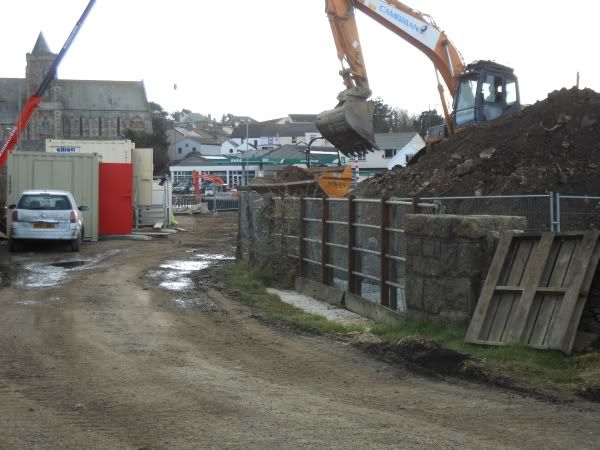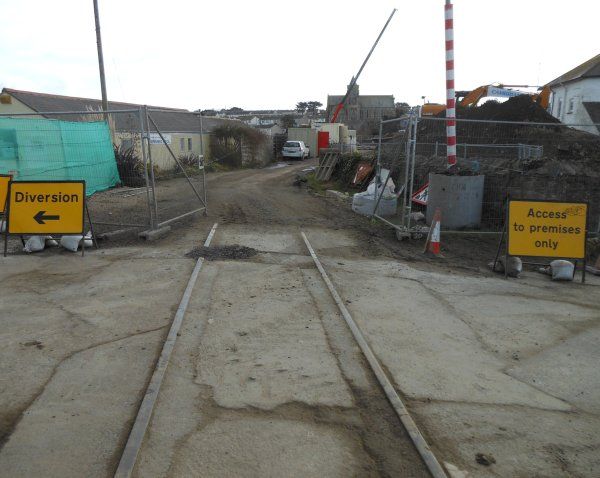amyasleigh
Abominable Snowman
- Joined
- Nov 3, 2009
- Messages
- 813
A conspiracy-theory scenario occasionally floated, concerning a hobby-type passion of mine; would be interested in any thoughts / comments. Many people (myself included) are captivated, on a basically “aesthetic” level, by the steam railway locomotive and the sight / sound / smell of it in action. General “accepted wisdom” holds that steam locos are, however, not a very efficient means for haulage – whereby their replacement by more efficient types of rail motive power, when the moment for same arrived technology-wise and otherwise, was inevitable.
Some steam-loco enthusiasts (basically informed and educated folk, i.e. not totally-naïve loonies) have spoken and written in favour of rail steam traction, suggesting that its rapid and often wasteful total replacement on railways worldwide over the past sixty-odd years by electric and diesel motive power, has owed a lot to the action of vested interests; and has often not made much sense. It would be hard to deny that the oil and internal-combustion-vehicle industries have had strong incentives to try to the maximum, to “sell their wares” to the world’s railways, in respect of diesel-powered vehicles, to the detriment of perceivedly archaic steam-powered ditto.
A different aspect of this perceived scenario, sometimes arises. Namely, the suggestion that in the aftermath of World War II; with the world’s rapid dividing between the Western and Communist blocs, those in charge in the West, put on pressure for – above all else in Western Europe – the railways to maximise and intensify the change from steam traction to more modern motive power, especially diesel. Reason being: in Western Europe the work-forces of the coal-mining industry, and the railways, had long been strongly given to radical / socialist / Communist political views. With the Cold War having arisen: it was seen as a way to counter the coal-miners / railwaymen, liable to obey instructions from Moscow to withhold their labour to make things difficult for their own countries (the two industries closely linked, with the railways needing coal to fire their steam locos); by pushing politically, strongly, for the abolition of steam traction as soon as possible on the railways of Western Europe (including Britain), so as to if possible nullify the threat of the countries concerned, being held to ransom as described.
“Whatever”; steam in genuine commercial service has all but vanished from the world. Would just be interested to know – if can be known – whether there’s any truth in the “Cold War connection” thing as above; or whether it’s nonsense dreamed up by wishful-thinking puffer-nutters.
Some steam-loco enthusiasts (basically informed and educated folk, i.e. not totally-naïve loonies) have spoken and written in favour of rail steam traction, suggesting that its rapid and often wasteful total replacement on railways worldwide over the past sixty-odd years by electric and diesel motive power, has owed a lot to the action of vested interests; and has often not made much sense. It would be hard to deny that the oil and internal-combustion-vehicle industries have had strong incentives to try to the maximum, to “sell their wares” to the world’s railways, in respect of diesel-powered vehicles, to the detriment of perceivedly archaic steam-powered ditto.
A different aspect of this perceived scenario, sometimes arises. Namely, the suggestion that in the aftermath of World War II; with the world’s rapid dividing between the Western and Communist blocs, those in charge in the West, put on pressure for – above all else in Western Europe – the railways to maximise and intensify the change from steam traction to more modern motive power, especially diesel. Reason being: in Western Europe the work-forces of the coal-mining industry, and the railways, had long been strongly given to radical / socialist / Communist political views. With the Cold War having arisen: it was seen as a way to counter the coal-miners / railwaymen, liable to obey instructions from Moscow to withhold their labour to make things difficult for their own countries (the two industries closely linked, with the railways needing coal to fire their steam locos); by pushing politically, strongly, for the abolition of steam traction as soon as possible on the railways of Western Europe (including Britain), so as to if possible nullify the threat of the countries concerned, being held to ransom as described.
“Whatever”; steam in genuine commercial service has all but vanished from the world. Would just be interested to know – if can be known – whether there’s any truth in the “Cold War connection” thing as above; or whether it’s nonsense dreamed up by wishful-thinking puffer-nutters.






